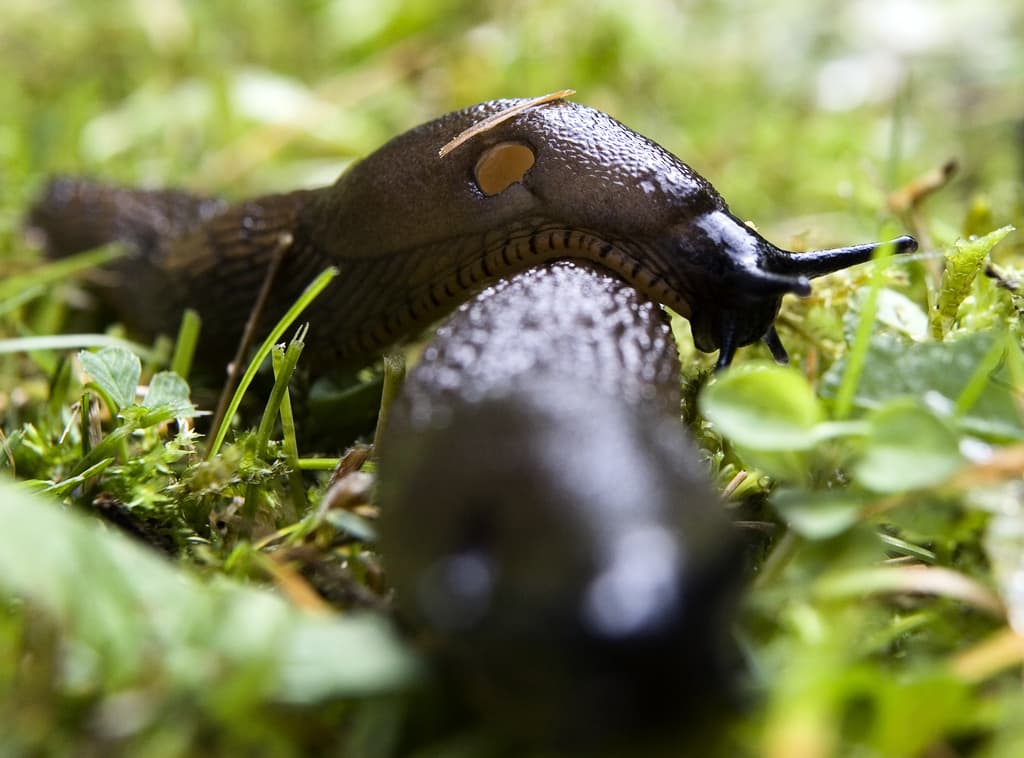Murder Snails are a recurring problem in Swedish nature and Swedish gardens – a problem we will never get rid of, says snail expert Ted von Proschwitz.
The brown snails have now reached a good way up in northern Sweden.
In the middle of the 1970s, the first murder snail was discovered in Sweden. Now they are found all the way up to Lapland.
However, if it is dry in the spring, it is difficult for young snails to survive as they are more sensitive to drought than adults. If many die, there will be fewer that go into summer to lay their approximately 400 eggs per snail.
When it is dry, the snails try to avoid it. They dig themselves in and lie and wait for the moisture that is decisive for their own lives as well as for the survival of their eggs. Snails do not lay all their eggs at once but portion out 10-30 at a time throughout the summer and the beginning of autumn.
Those who have reproduced during the year die the first or second week of October. After that, only young animals of different sizes can be seen. They then dig themselves in and overwinter until the spring when they grow to become fertile.
Like all land-dwelling snails, murder snails are hermaphrodites. They mate with others, but if they cannot find a partner, they can fertilize their own eggs.
Another explanation is climate changes with warmer and more humid weather. Now, murder snails are found in inner Lapland at Vilhelmina. Something that von Proschwitz did not believe would happen.
They also have an aggressive and gluttonous eating behavior, which makes them difficult pests.
Despite this, the murder snail is not covered by any legislation on invasive non-native species.
It is important to start combating them as early as possible in the spring – before the animals have become fertile and started laying eggs.
But even after they have started, it is important to do so.
Check where the snails are: you can do this by going out every evening and shining a flashlight.
Once found, it's time to kill them: you can do it manually with a tool of your choice – decapitation with scissors, hack or other.
There are also snail traps that electrify them and various snail poisons.
The body does not carry mature eggs but can be buried or used as bait to lure more murder snails to the place.
Source: Ted von Proschwitz, docent at the Gothenburg Natural History Museum






